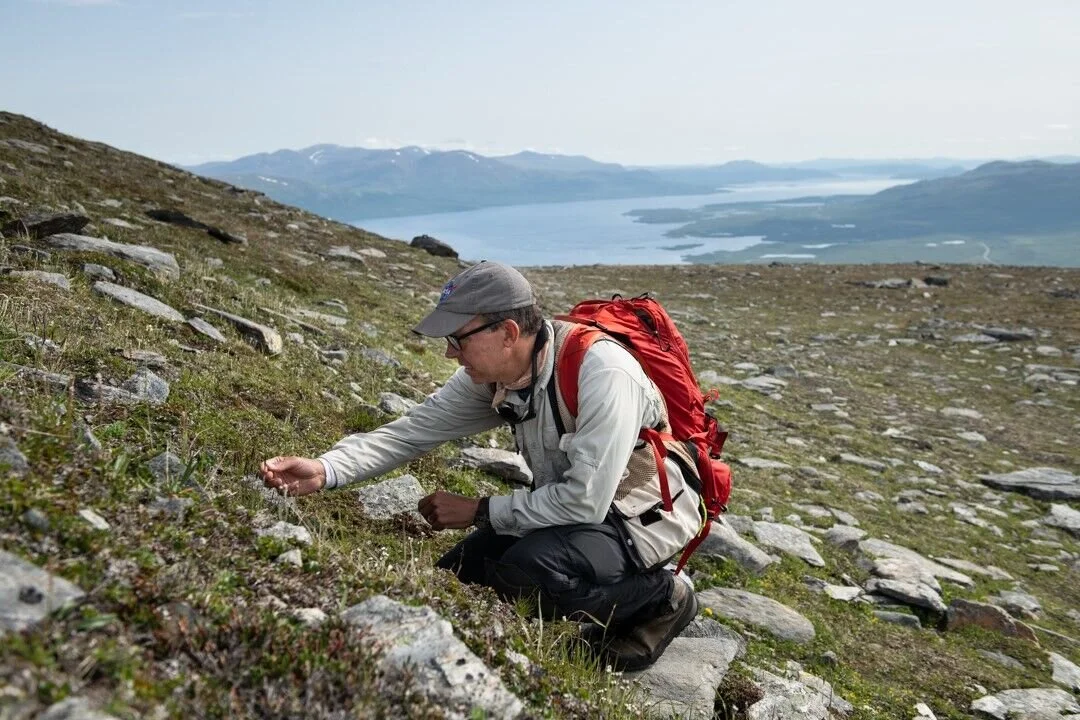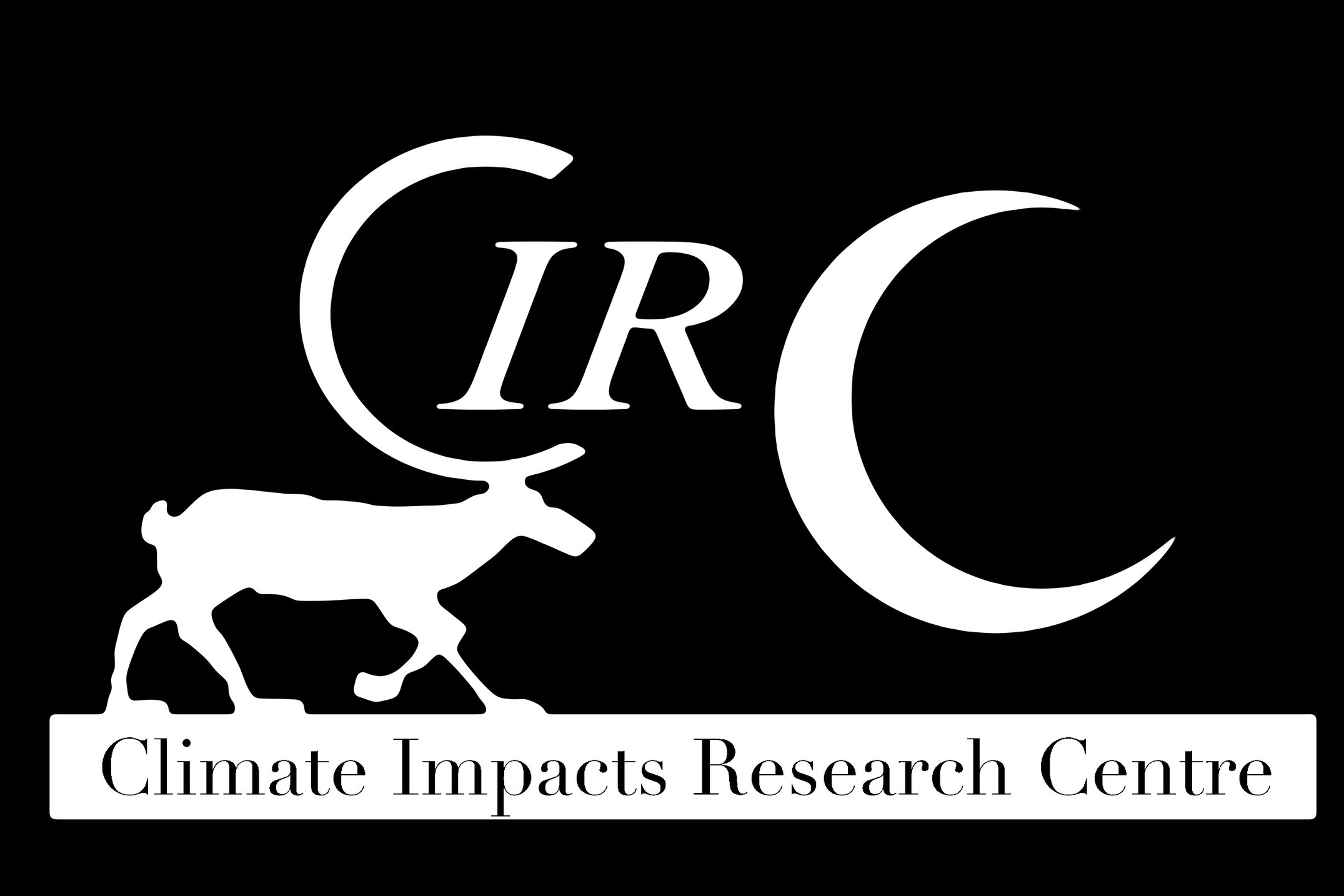Nuolja
A mountain gradient (also: Njulla)
68° 22′ 21″ N, 18° 41′ 54″ O, 1168m above sea level (summit)
Map
My Google Maps Demo
About Nuolja
A altitudinal transect stretches from the bottom to the summit of Mt. Nuolja, traversing birch forest, shrub zone and alpine tundra. Established by Thore C. E. Fries, Swedish botanist (1886-1930).
The study site is located in the mountain area in the close vicinity of Abisko village at the southern side of Lake Torneträsk and embraces the east-facing slopes of Mt. Nuolja (1168 m). An altitudinal transect stretches from the bottom to the summit of Mt. Nuolja, traversing birch forest, shrub zone and alpine tundra. The mountain slopes facing east and southeast of Mt. Nuolja are covered with extensive belts of mountain birch (Betula pubescens ssp. czerepanovii) forest, extending between the valley bottom with Lake Torneträsk (342 m a.s.l.) and the spatially variable limit of closed birch forest around 680-720 m a.s.l. This level is a few tens of metres higher than the birch treeline by the early-20th century, and there has been a developing literature showing observed changes in tree-line forests and the shrubs associated with them.
The research at Nuolja is focused on the understanding of the effect of climate change on ecosystem processes and how species and communities respond to this change. The existing study site was originally established between 1917 and 1919 by Swedish botanist Thore C.E. Fries (1886- 1930) as an elevational-transect comparing snow melt dates with plant phenology. Starting 2017, the CIRC scientists replicate Fries’ study to determine how the observed climate changes in the region have affected both snow cover and plant phenology. The same year, 2017, an international collaboration started to study the relationship between bee communities and the flowering plants they visit along the historic transect. Treeline positions (birch, pine, aspen, grey alder) have been measured by different researchers at different points of time during the past 100 years. The site hosts cutting-edge climate stations and phenology cameras.
Site Established: 1917
This site was established by Thore C. E. Fries, Swedish botanist (1886- 1930) in 1917. Click here to read the original study by Fries, titled Ökologische und phänologische Beobachtungen bei Abisko in den Jahren 1917-1919 (1925).
Research Projects
Data Collected
Plant phenological and community data.
Arctic bumblebee plant-pollinator relationships.
Available Instruments & Infrastructure
Descriptions of instruments in the field collecting data, e.g. climate stations, flux towers, etc.
Item 1
Item 2
Item 3
Item 4
Item 5
Item 6
Principal Investigators
Meet the PI's working on projects at the Nuolja Field Site (use field site name tags in a summary block)
Collaborators
Lottie Gibbons, Imperial College London
Anne-Kathrin Schäfer, Greifswald University
Pia Raiker, Greifswald University
Funders
Phenology:
Fingerprints of change: Abisko plants and phenology: FORMAS, Ref no. 2017-00091
Gunnar and Ruth Björkman's fund for botanical research in Norrland
Funder name, hyperlinked
Nuolja Field Site Photo Gallery
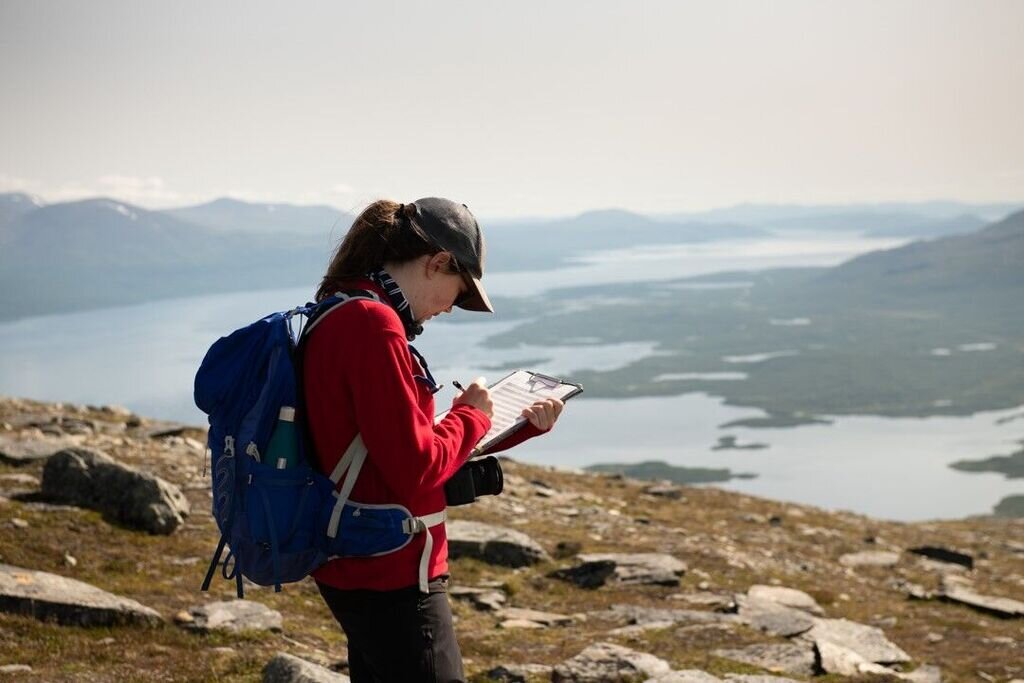
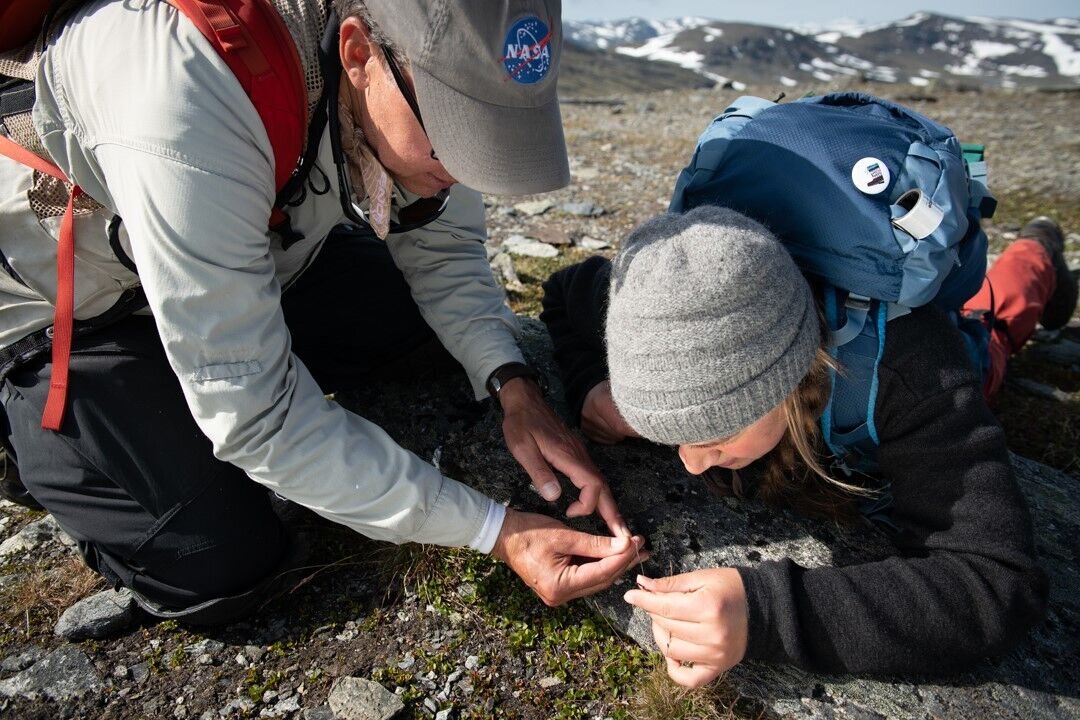
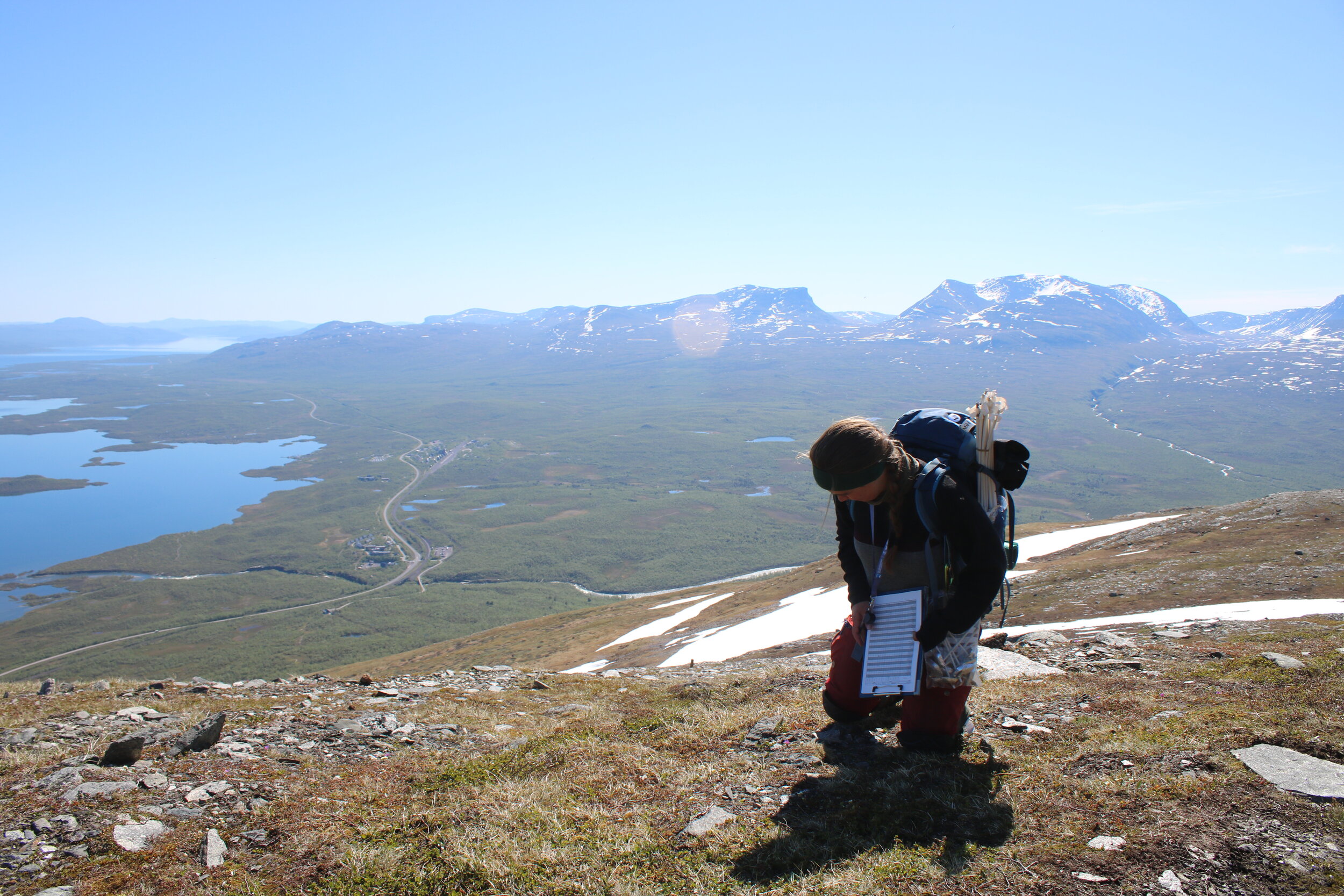
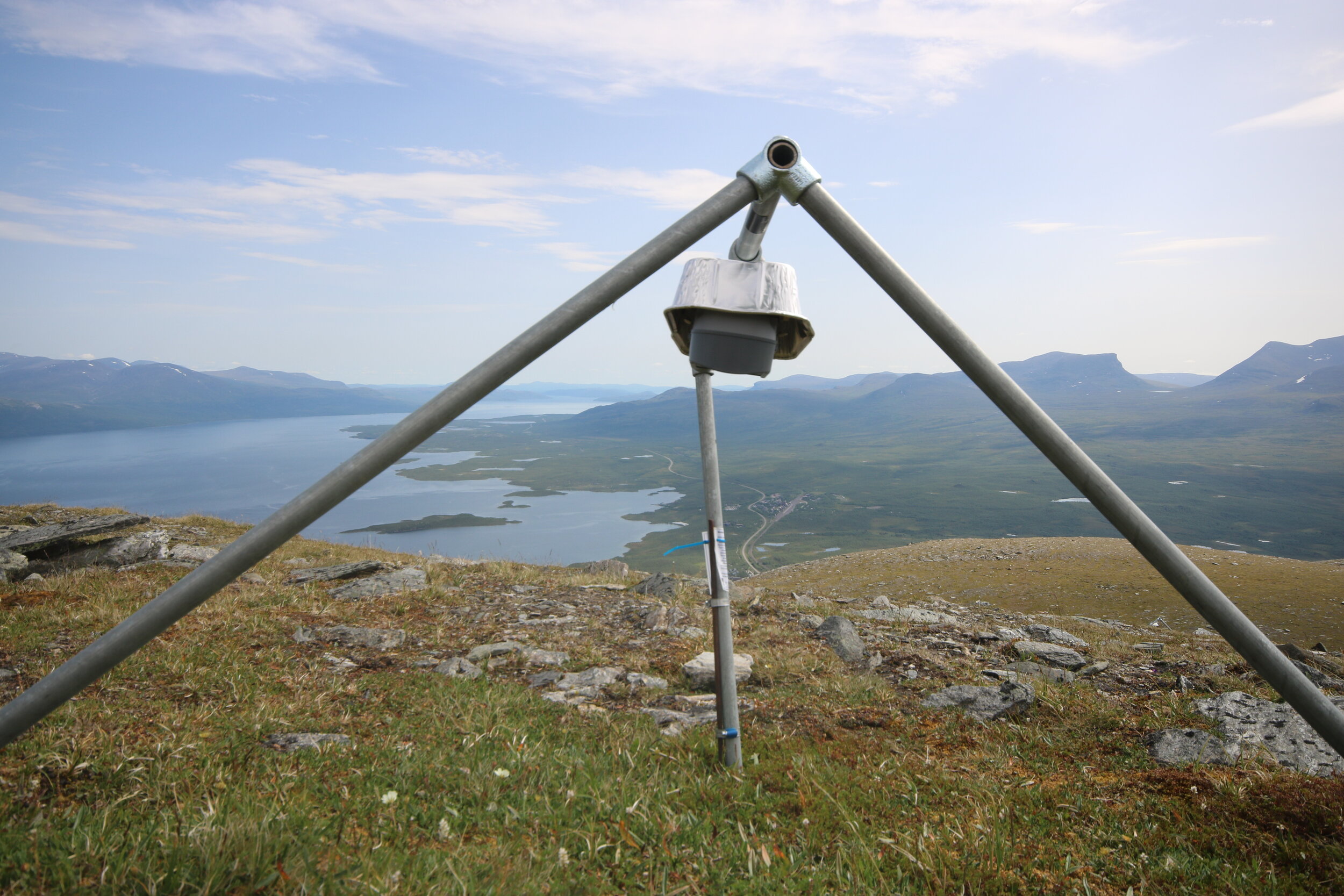
Nuolja in the News
Articles
Forskningsstig i Abisko ska locka turister att klimatforska, (Research path in Abisko will attract tourists to climate research), Umeå University, 2017
You and I can help climate researchers in Abisko, Umeå University, 2017
Besökare i Abisko involveras i klimatforskning, (Visitors to Abisko are involved in climate research), Forskining.se, 2017
Abiskos klimat är inte längre arktiskt, (Abisko's climate is no longer Arctic), Fria Tidningen, 2017
Forskning om växtlighet på Kungsleden nystartar med hjälp av allmänheten, (Research on vegetation on Kungsleden starts with the help of the public), SITES, 2017
Klimatförändringarna får kalfjället att växa igen, (Climate change causes the scales to grow again), Sveriges Natur, 2017
Han upprepar 100 år gammal studie (He repeats a 100-year-old study), Norrbotten Saffarer, 2017
Podcasts
The work of researchers on Nuolja was recently featured in two episode of our podcast, Field Notes on Climate Change. In the first episode, ‘Chasing the Tree Line,’ Keith Larson, Anne Schafer and Pia Raiker observe plant development along a transect that stretches from the top to the bottom of Mount Nuolja. Swedish Botanist, Thore Fries, collected data 100 years ago in the same spot, so we can compare today to the landscape a century ago. In the second episode, Richard Gill, Lottie Gibbons and Ryan Richardson investigate the plant-pollinator relationships that characterise the lives of our arctic bumblebee species.
Listen to the episodes using the player below, or find the podcast on iTunes, Stitcher and Acast.
Radio
Tidsmaskinen Abisko berättar om klimatförändringen, (The time machine Abisko tells about climate change), Sevriges Radio, 2018
Publications
Explore publications associated with Nuolja.
2018 ...
2017
2016
2015
2013
Callaghan, TV et al. (2013) Ecosystem change and stability over multiple decades in the Swedish subarctic: complex processes and multiple drivers. Philosophical Transactions of the Royal Society B 368: 20120488. http://dx.doi.org/10.1098/rstb.2012.0488
2011
Andrews, C., Dick, J., Jonasson, C. et al. (2011) Assessment of Biological and Environmental Phenology at a Landscape Level from 30 Years of Fixed-Date Repeat Photography in Northern Sweden. AMBIO 40, 600 doi:10.1007/s13280-011-0167-z
2010
2008

